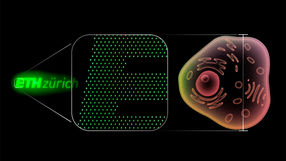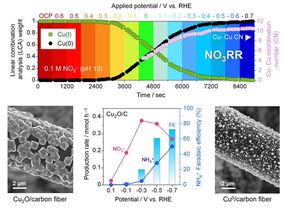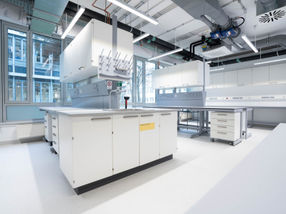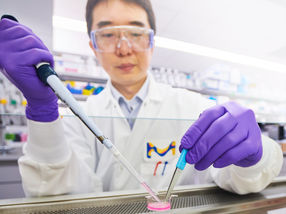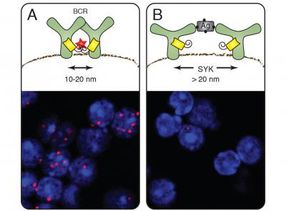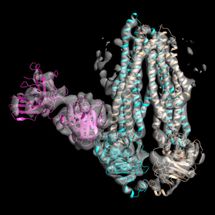TRIGA Mainz reaches world record of 20,000 pulses in 50 years
Powerful neutron source is used by chemists and physicists from all over the world
Advertisement
The research reactor TRIGA at Johannes Gutenberg University Mainz (JGU) has reached a new milestone: after 50 years of consecutive operation, TRIGA Mainz achieved a total number of 20,000 pulses on October 1, 2015 – a world record. On this day, the reactor was operated for test measurements of neutron detectors that will be used at the source for ultracold neutrons as part of the user facility at the PRISMA Cluster of Excellence at Mainz University.
TRIGA Mainz has a powerful neutron source, which is used by chemists and physicists from all over the world for fundamental research. It can be operated in the steady-state mode with a maximum thermal power of 100 kilowatt or in the pulsed mode with a maximum thermal power of 250,000 kilowatt, released within 30 milliseconds. This produces the characteristic blue glow of underwater Cherenkov radiation, which was emitted during 20,000 pulses in the TRIGA reactor pool. According to General Atomic, the company that developed the TRIGA reactor concept, no other TRIGA reactor was pulsed more often. The International Atomic Energy Agency (IAEO) currently counts 35 running TRIGA reactors in 16 countries, 20 of these reactors can be pulsed.
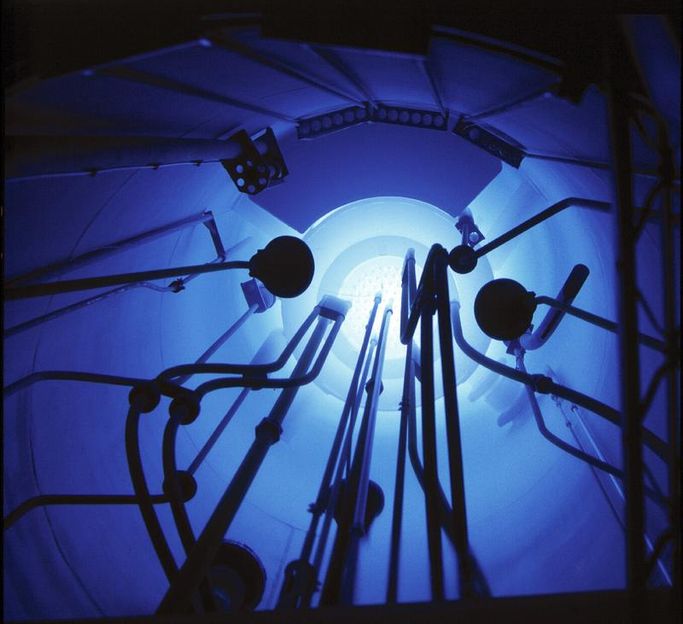
Pulse operation with the characteristic blue Cherenkov radiation at TRIGA Mainz
Thomas Hartmann, JGU
Other news from the department science
These products might interest you

Get the chemical industry in your inbox
By submitting this form you agree that LUMITOS AG will send you the newsletter(s) selected above by email. Your data will not be passed on to third parties. Your data will be stored and processed in accordance with our data protection regulations. LUMITOS may contact you by email for the purpose of advertising or market and opinion surveys. You can revoke your consent at any time without giving reasons to LUMITOS AG, Ernst-Augustin-Str. 2, 12489 Berlin, Germany or by e-mail at revoke@lumitos.com with effect for the future. In addition, each email contains a link to unsubscribe from the corresponding newsletter.


















